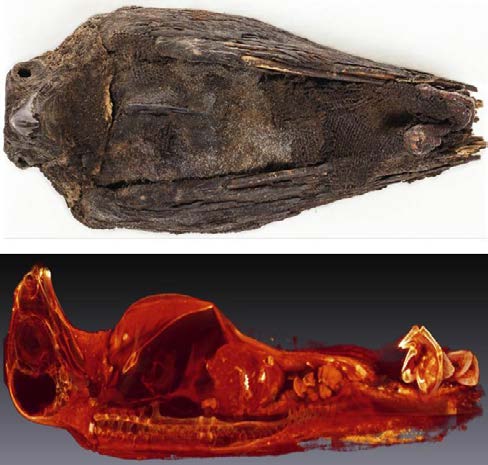The Oriental Institute of the University of Chicago uses Amira sotware to visualize and analyze Egyptian mummified birds

Entering this special exhibit at the Oriental Institute Museum at the University of Chicago, you will immediately feel transported into the ancient Nile delta marshlands with its lush green flora.
The combination of colors, video footage, bird songs, and ancient artifacts will give you the impression that you have just traveled through time and space.
At the start of the exhibit, you will find one of their most impressive artifacts, an empty shell of an ostrich egg from 3100 B.C. With its perfect shape and marbleized shell, it appears as if it has just been carved out of stone. These ostrich eggs have not only been used in ancient Egypt as containers for liquids and raw material for bead carving, but also symbolize the deep integration of avian life into ancient Egypt’s spirituality. All life is at times described as entering and leaving the world through the egg as a vessel, and that birds are messengers that can travel between the realms of men and their gods. Many of the Egyptian gods are portrayed as birds, and even their people have been symbolized by different bird species.